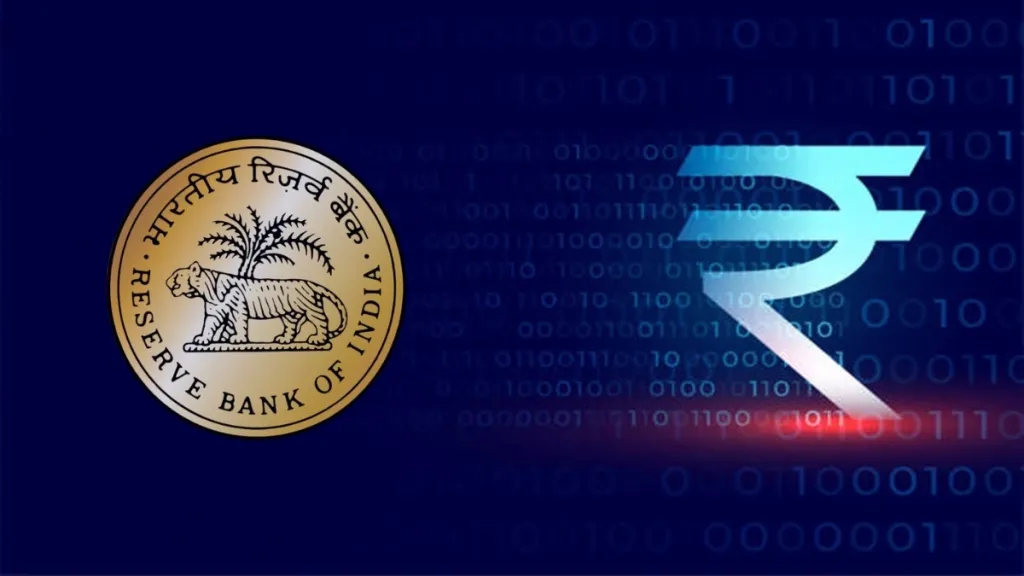The Central Bank Digital Currency (CBDC) will complement rather than replace physical currency and act as an additional payment instrument for users, Reserve Bank of India (RBI) executive director Ajay Kumar Choudhary said on Thursday. It will boost innovation in the cross-border payment space and can possibly be used for direct benefit transfers under various schemes.
Speaking at an event of industry chamber PHDCCI, Choudhary called the launch of the digital rupee a “historic milestone” and stressed that it would boost operational efficiency in the system, apart from fostering financial inclusion.
Also Read: Can you do Fixed Deposit with Digital Rupee (e₹-R) issued by RBI?
About 105 countries, accounting for 95% of the world’s GDP, have been exploring the idea of their own CBDC, Choudhary said, citing the CBDC tracker. About 50 of them are at an advanced stage of launching the digital currency, while 10 countries have rolled it out. As many as 19 G20 members (India assumed presidency of the group in December) are exploring a CBDC, with 16 of them in development/ pilot stage, he added. These include India, Japan, South Korea, South Africa and Russia.
The RBI has launched pilot runs of CBDC in both wholesale and retail segments. The Digital Rupee-Wholesale was launched on November 1, with use cases being limited to the settlement of secondary market transactions in government securities. The Digital Rupee-Retail was launched on December 1 within a closed user group of customers and merchants.
Also Read: RBI launches retail digital rupee in four cities
The digital rupee will ensure consumer protection and avoid damaging social and economic consequences, Choudhary said. The RBI will initiate steps to ensure that the issuance of CBDC follows adequate safeguards in building a system which is inclusive, competitive and responsive to innovation and technological changes.
He also explained the difference between digital currency and the unified payments interface (UPI). Like physical currency, the CBDC is the central bank’s liability, whereas UPI is a means of payment and any transaction through the UPI is the responsibility of the respective bank.

